“The existing work on household poverty and inequality in South Africa has shown that poverty and inequality differ markedly by race, location, education, gender of the head, household demographics and household labour market participation. However, it is important to try and go further than this
listing of key correlates and to give any indication of the relative importance of these dimensions. This paper uses a multi-variate approach, based on a model of the determinants of household income,to provide a sense of the importance of the key correlates of household poverty and inequality while controlling for the impact of all other correlates. The models confirm the ongoing importance of race as a fundamental factor structuring South African
poverty and inequality even after the influence of all the other poverty and inequality correlates are accounted for. On the other hand, in the multivariate context, the relative income and poverty rankings across provinces appear to be quite different from the rankings derived from conventional provincial poverty and inequality decompositions. The models also highlight the important role that is played by household members that are educated
to at least the secondary school level in pushing households up the income distribution and above the poverty line. This coincides with the finding that the share of adults that are employed is a key driver of household inequality and poverty status. However, there are important differences in the role played by employment status in urban and rural areas. These differences reflect the different types of
employment and levels of unemployment that are available in rural and urban labour markets.”


